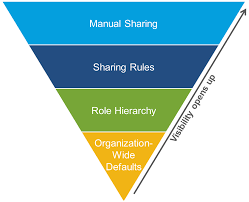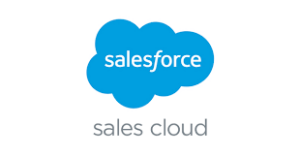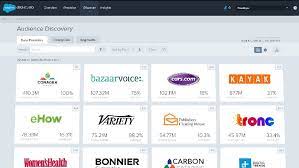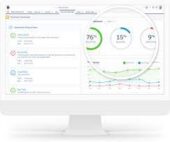Trust Through Effective Data Access
Objective:
Empower your teams with data access to encourage proactive decision-making. Simplify your business’s data landscape by tailoring team members’ access, ensuring they can readily find the pertinent information.
Implementation:
Incorporate role-based licensing with built-in governance to create trust through effective data access. Distribute data broadly across your organization, ensuring each user possesses the necessary capabilities for data-driven decision-making. Specify access levels for consuming produced content or analyzing processed data, allowing certain team members to download and modify data sources locally. Deploy automations to swiftly update access when workflow or staff changes occur.
Define clear roles and responsibilities for governance decisions. Being sure you are identifying stakeholders across the business to manage accessibility and foster cross-functional collaboration. Strengthen external security measures for data storage, utilizing automation to grant access to the right team members. Align data access with project workflows, enhancing organizational agility and enabling team members to leverage relevant data sources.
Establish guidelines for transitioning dashboards into production, ensuring new data sources align with leadership-defined strategies. Define a certification process for data sources and share guidelines to maintain consistency in certification choices among administrators and project leaders.
Manage tokens, passwords, and keys, maintaining a single password for each data source.
Institute Service Level Agreements (SLAs) regarding quality, refresh rates, and uptime. For example, a sales dashboard pipeline may be updated hourly, with increased frequency at the end of the quarter. As the business expands, SLAs become essential for managing data pipelines. Provide a catalog to define dimensions and offer context to team members, ensuring confidence in using the correct data. Implement row-level security to streamline workflows and enhance security, allowing team members to view only the data relevant to their roles.












